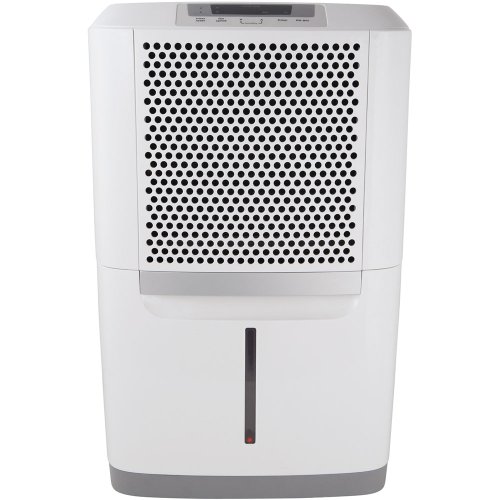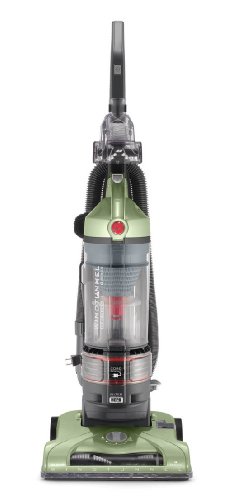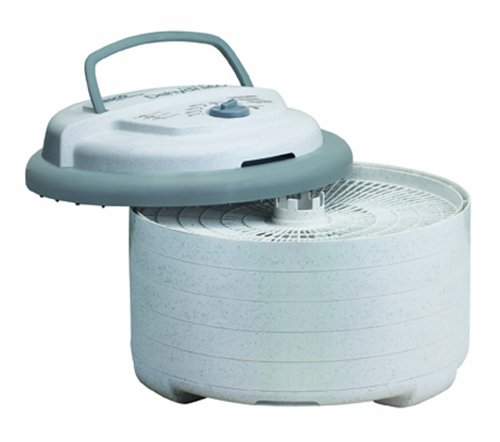Since they are omnivorous, they are fond of many different types of food including meat. Some of the foods that Sugar Gliders, in general seem to enjoy, are as follows, but NOT limited to:
Apples, applesauce (baby Food Formula Only), apricots, bananas, berries, bread, cantaloupe, carrots, cherries, corn, dates, dried fruit, eggs, fig, grapes, honey, honeydew, insects, lettuce (Romaine or leaf only, Head or Iceberg can cause diarrhea), meal worms, meats (low fat turkey, boiled, skinless chicken & feeder mice), melons, nuts (assorted, unsalted and raw), oranges, papaya, peaches (not the pits, they are toxic), peanut butter, pears, pineapple, plums, pure fruit juices, raisins, strawberries, sunflower seeds, sweet potatoes.
I do not suggest broccoli cauliflower, or cabbage due to the gas producing properties once ingested, no one likes to have gas, even Sugar Gliders.
One of the things that might work well for you is to have a few different containers and chop up different fruits and vegetables in each until they are full. Then all you have to do each night is to open the container(s) that you wish to feed from and pull cut a few of the pieces you wish to feed. I would like to add here that I consider it cruel not to feed some type of insect (at least) during the week. In the wild, they will eat fruits and animals and they should not be denied that while in captivity. It does not have to be done every day, but should be done often.
Sugar Gliders can gain weight more easily in captivity due to lack of movement that they would experience in the wild. Babies born to overweight parents can sometimes be born blind or with impaired vision caused by fatty deposits in their eyes. This can be corrected by a controlled diet and measuring weight with a small scale. One of the things that help cause this condition is by feeding to many nuts, which are high in protein and fat. To reduce their weight you need to reduce their fat and protein and try to increase their exercise. It may take a few weeks to bring down their weight.
Do not get frustrated when trying to feed your pet. They are peculiar with their feeding since they may willingly accept a food for a few days and then not take the same thing after a week and then eat it the following week. The bottom line is that they each have their own personality and tastes, and it will take time to find out what they like. You may find it easier to go to your local grocery store and buy a bag of frozen mixed vegetables and use these along with fresh fruit. You also need to make sure that your Sugar Glider has fresh water every day. Keep in mind that tap water may not be best since it is usually treated with chemicals to clean the water.
A couple of suggestions that I will make concerning any type of feed bowls would be that you should at least have a bowl that will not tip or spill easily. Most Sugar Gliders will tend to climb up on the bowl and set on the edge of the bowl. If the bowl is not heavy enough to support their weight, it will tip over and the food will spill either causing a mess or creating a situation where the food falls through the bottom of the age and the Sugar Glider will not be able to eat. Another suggestion that has worked well for me is to have a type of feed holder that hangs on the side of the cage. I have done this because as the Sugar Glider climbs around the cage, they will excrete and droppings fall to the bottom of the cage hitting whatever is in its way, including the food bowl. My feeders are located at the top of the cage with enough room for a Sugar Glider to sit up, on the edge, without being uncomfortable while eating. This keeps them from climbing above the food (most of the time) and lessens the chance that they will soil in their food.
A sample Glider formula that works well and is as follows:
Adult formula:
4-8 ounces Applesauce
1/2 cup Gerber dry cereal (for protein)
1/4 cup rice
1/4 cup oatmeal
1/4 cup honey
4 ounces plain non-fat yogurt
4 ounces isomil or ensure plus
Apple or Orange juice to make soupy
Puree in blender until liquid form and put in ice cube trays and freeze and feed 1-2 times a week. Pull one out for an AM feeding and one for PM feedings. Discard after 5 hours. It is still a good idea to offer some type of solid foods for them too as this will help keep their teeth and gums clean and healthy.
Some people suggest feeding once a day at dusk, while others will feed twice a day. Which method you choose should be dependent upon your Sugar Gliders. Are they still hungry in the morning? Feed them a small amount in the morning or give them a little more in the evening. If I give too much food to mine, they tend to make a mess in their cage, so I do feed less at each meal, but fed twice a day. Try mixing up a few things that your Sugar Glider enjoys and are good for them and blending it together and freezing it. You can get a couple of ice cube trays fairly inexpensively and use those for freezing.

























